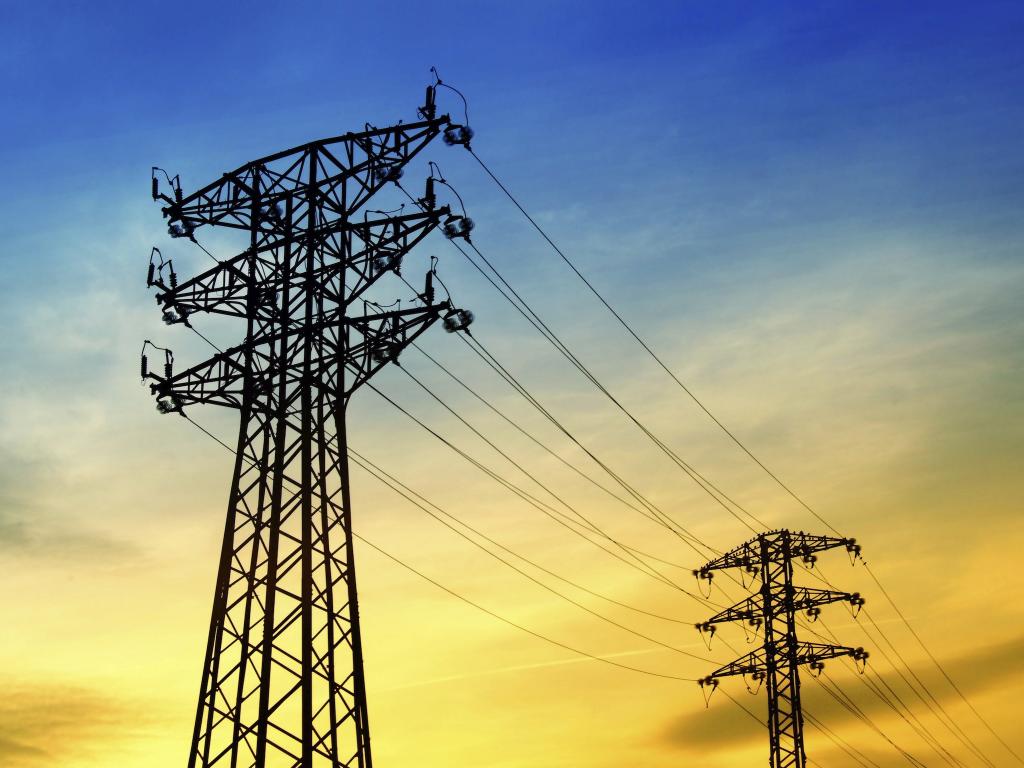Iran is capable of meeting its own power demand, but is distant from achieving energy export ambitions, new data show.
Iran generated 223.56 terawatt-hours (TWh) of electricity in 2014. The figure exceeds power consumption of 185.41TWh by 20.5 percent. The excess power production is set to continue over the medium-term, with consumption forecast to climb to 215.97TWh in 2020. This will then be met by supply, which is expected to increase to reach 284TWh, Business Monitor International's power sector analysts estimate.
To realize this expansion in generation capacity, Iran and Russia have signed a letter of intent on energy cooperation and are constructing shared power grids. In fact, Russia announced in April 2014 it will invest $10 billion in Iran's power sector, including hydropower and thermal power plants, as well as transmission and distribution (T&D) infrastructure.
Furthermore, Iran and Russia signed a cooperation agreement for the construction of thermal power plants in September 2014.
"The grounds for cooperation between Iran and Russia for constructing thermal power plants worth over $10 billion are provided and we have planned a partnership in building eight new thermal power plants with capacity of 2,800 megawatts," according to Energy Minister Hamid Chitchian.
The minster revealed that four units of the power plants will be built in the southern port city of Bandar Abbas, two units in the northwestern city of Sahand, and two units in the city of Tabas in South Khorasan Province. The minister also disclosed that environmental studies are still being carried out for the construction of two power plants in Tabriz.
Under the contract, the Russians will also renovate four more plants in Iran.
Power generation capacity is expected to grow by 2,156 megawatts by March 2015, with the launching of 14 new power plants, according to Iran Power Development Company (IPDC) CEO, Majid Salehi.
Out of the total capacity increase, 550 megawatts will pertain to the private sector, while about 1,400 megawatts to the public sector, keeping the large share of the state in the energy business.
Filling Up On Gas
Although Iran has installed capacity to meet its electricity demand, its undiversified power sector is susceptible to blackouts. Iran has the world's largest gas reserves, according to an official report by the British Petroleum in 2014, and has built a power sector that is overwhelmingly reliant on this indigenous fuel. Gas is expected to account for over 70 percent of the country's total power generation by 2018, increasing to more than 74 percent by 2024.
There is also the $7 billion gas pipeline connecting Iran and Pakistan, which has experienced severe delays. The project, dubbed the peace pipeline, was slated to connect the giant South Pars gas field to India through Pakistan.
However, chances of any quick gas deliveries from Iran are slim. Pakistan will face difficulty financing its half of the pipeline so long as western sanctions on Iran block foreign funds from the project.
Furthermore, Iran's ability to meet export obligations is also in doubt given its own domestic gas shortfalls.
In addition, the US has been opposing the involvement of India and Pakistan, claiming that the project could violate sanctions imposed on Iran over its nuclear energy program.
For now, the project has been forfeited by India, citing costs and security issues, following a nuclear deal with the US.
But, there is a tangible progress on the $450 million Iran-Iraq gas pipeline, which is 90 percent complete, BMI reports.
Despite political pressure from the US and the current sanctions imposed on Iran, the project is expected to become operational in May 2015.
The governments of Iran and Turkey are planning to construct several power plants. The two countries discussed plans for constructing thermal and renewable power plants with generation capacities of 6-10 gigawatts, as well as hydropower plants with capacities of 10 gigawatts.
Iran has also launched commercial operations at its biggest solar power plant in Mashhad. The plant, likely to generate 72,000 kilowatt-hours of electricity annually, will produce enough power to meet the requirements of Khorasan Razavi Province, according to the plant's CEO, Gholamreza Karamian.
The plant, which has 216 solar panels, has been designed and constructed by Iranian engineers. Moreover, the plant has been fitted with solar trackers to improve efficiency.
Also, the first 20 megawatts phase of a 100 megawatts wind park in the province of Qazvin officially started operating in August 2014. The plant includes eight 2.5 megawatts turbines and Iran Power Plant Projects Management Company is responsible for the construction activities.
Hydroelectric power is a major plank of Iran's program to become more self-sufficient in energy consumption.
A total of 44 Iranian companies are currently active in either the electricity or water sectors, operating in 40 countries around the world, official statistics from the energy ministry shows.


